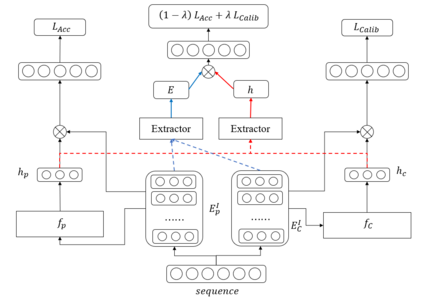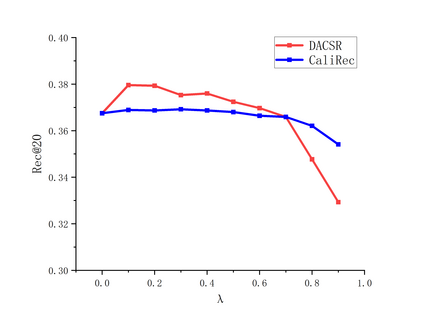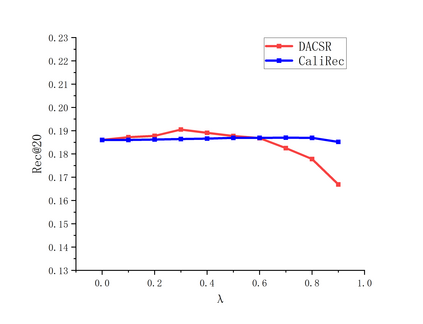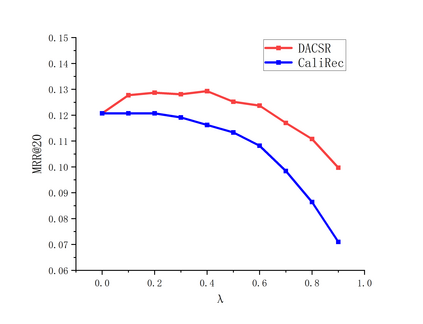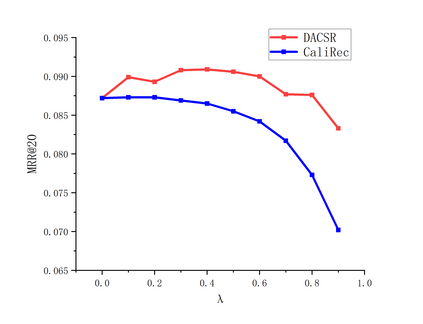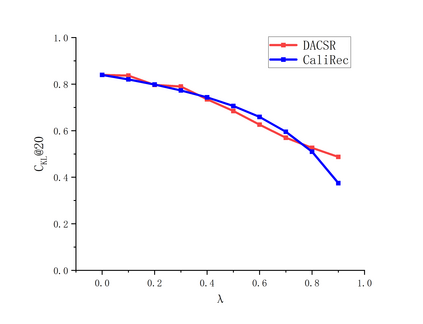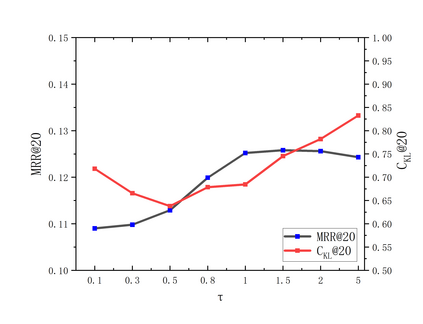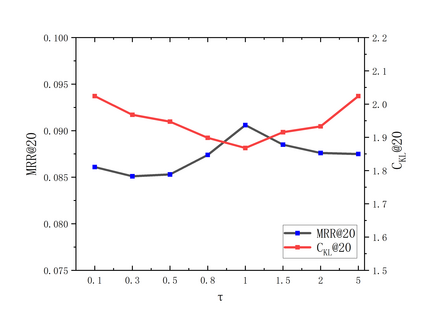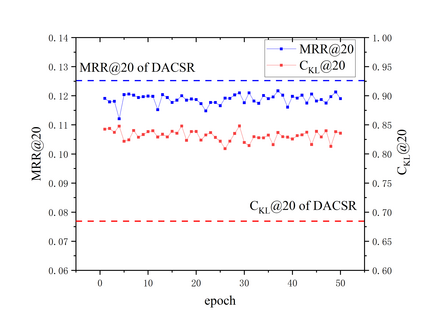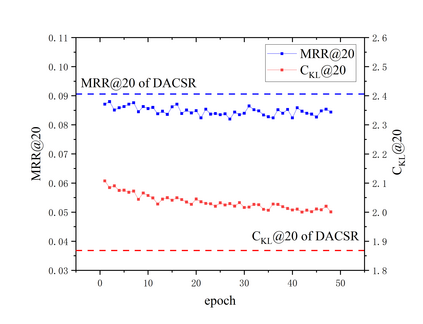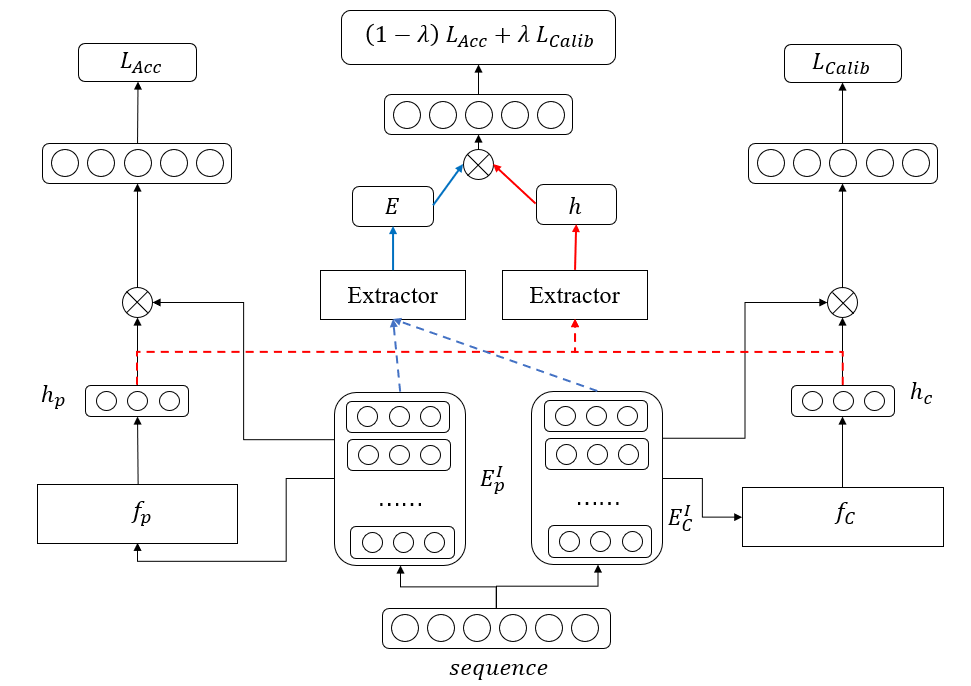Recent years have witnessed the progress of sequential recommendation in accurately predicting users' future behaviors. However, only persuading accuracy leads to the risk of filter bubbles where recommenders only focus on users' main interest areas. Different from other studies which improves diversity or coverage, we investigate the calibration in sequential recommendation. However, existing calibrated methods followed a post-processing paradigm, which costs more computation time and sacrifices the recommendation accuracy. To this end, we propose an end-to-end framework to provide both accurate and calibrated recommendations. We propose a loss function to measure the divergence of distributions between recommendation lists and historical behaviors for sequential recommendation framework. In addition, we design a dual-aggregation model which extract information from two individual sequence encoders with different objectives to further improve the recommendation. Experiments on two benchmark datasets demonstrate the effectiveness and efficiency of our model.
翻译:近些年来,在准确预测用户未来行为方面,连续建议取得了进展。然而,只有说服准确性才能导致过滤泡沫的风险,因为推荐者只关注用户的主要利益领域。不同于提高多样性或覆盖面的其他研究,我们用顺序建议来调查校准。然而,现有的校准方法遵循后处理模式,它花费更多计算时间,牺牲建议的准确性。为此,我们提议了一个端对端框架,以提供准确和校准的建议。我们提议了一种损失功能,以衡量建议清单与历史行为之间在顺序建议框架上的分布差异。此外,我们设计了一个双重汇总模型,从两个单列序列编码器中提取信息,目的是进一步改进建议。对两个基准数据集的实验显示了我们模型的有效性和效率。

